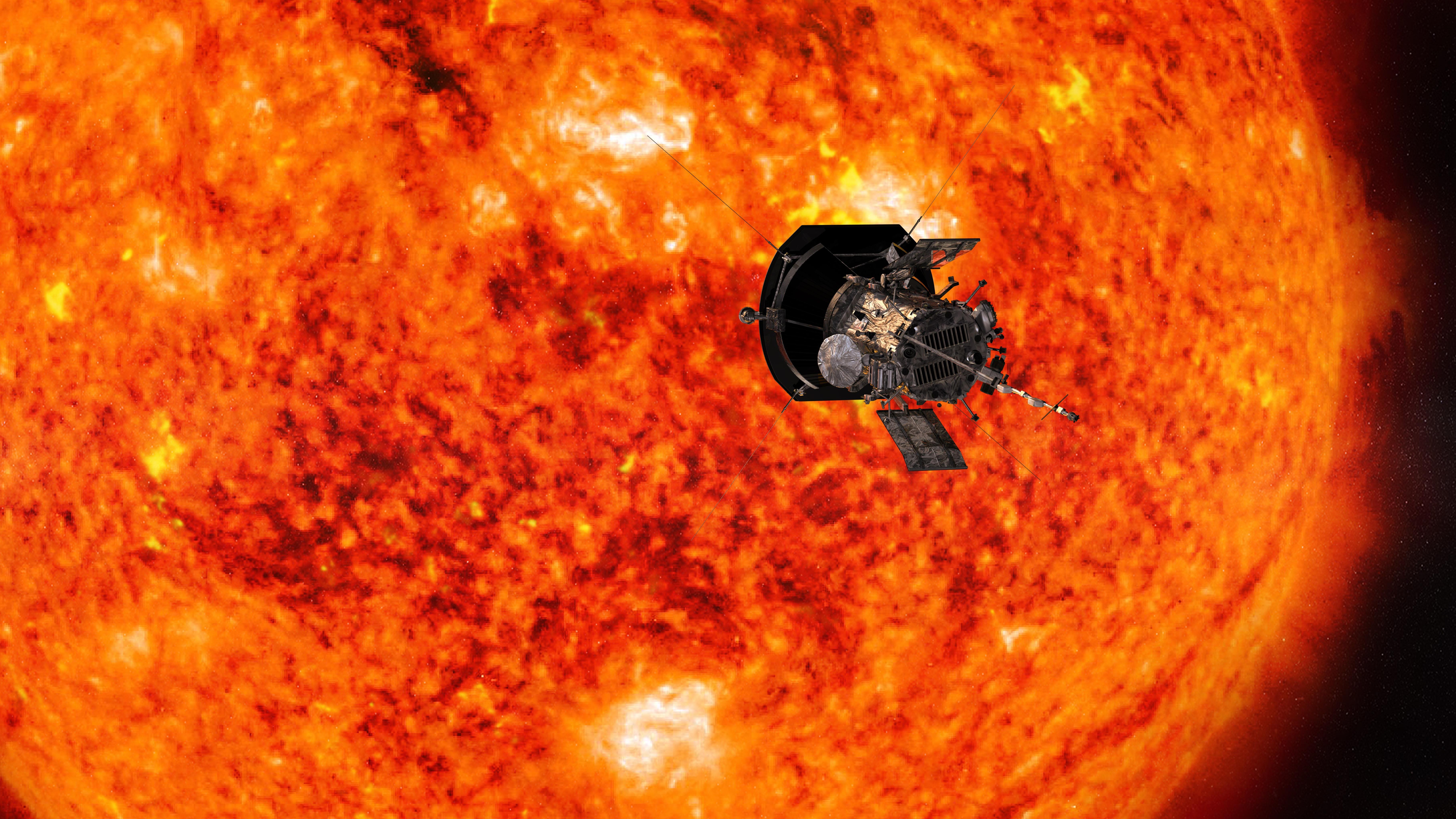The Parker Solar Probe Just Did The Impossible

The Parker Solar Probe: Humanity’s Closest Encounter with the Sun
Have you heard the latest about the Parker Solar Probe? Named after Eugene Parker, the scientist who, in the 1950s, proposed the groundbreaking idea of the solar wind, this probe has achieved the unimaginable.
The solar wind—streams of particles ejected from the Sun’s surface—plays a key role in phenomena like Earth’s auroras. To truly understand it, scientists needed more than telescopes—they needed to get close to the Sun.
That’s no easy task because, well, the Sun is hot. But advancements in engineering made the Parker Solar Probe a reality. Recently, it made history by flying closer to the Sun than any spacecraft before—just five solar diameters from its surface.

At such a close range, the probe reached an astonishing speed of 430,000 miles per hour, setting a record for the fastest human-made object. While that’s only 0.061% of the speed of light, it’s a monumental achievement by terrestrial standards.
The mission isn’t just about speed. It’s about gathering critical data to understand the Sun’s “solar weather.” These storms release particles that heat the Sun’s outer atmosphere, known as the corona. Interestingly, the corona is millions of degrees hotter than the Sun’s surface—a mystery that scientists are eager to solve.

But how does the probe survive such extreme conditions? The secret lies in its carbon-composite heat shield, made from the element with the highest melting point: carbon. This shield protects the probe’s instruments, allowing it to measure magnetic fields, particle flux, and the mechanisms heating the corona—all while staying “close” to the Sun.
In a poetic nod to history, the probe carries a memory card with a photo of Eugene Parker, a copy of his 1958 paper predicting the solar wind, and the names of 1.1 million people who wanted to be part of this groundbreaking mission.
The Parker Solar Probe’s findings will help us better understand the Sun’s 11- and 22-year cycles, which influence solar activity. This knowledge is crucial in modern times, as solar explosions can disrupt satellites, power grids, and systems essential to our economy and national security. By studying solar weather, we can better prepare for its potential impacts.
So, that’s what’s up with the Parker Solar Probe—a journey that’s bringing us closer than ever to touching the Sun.








